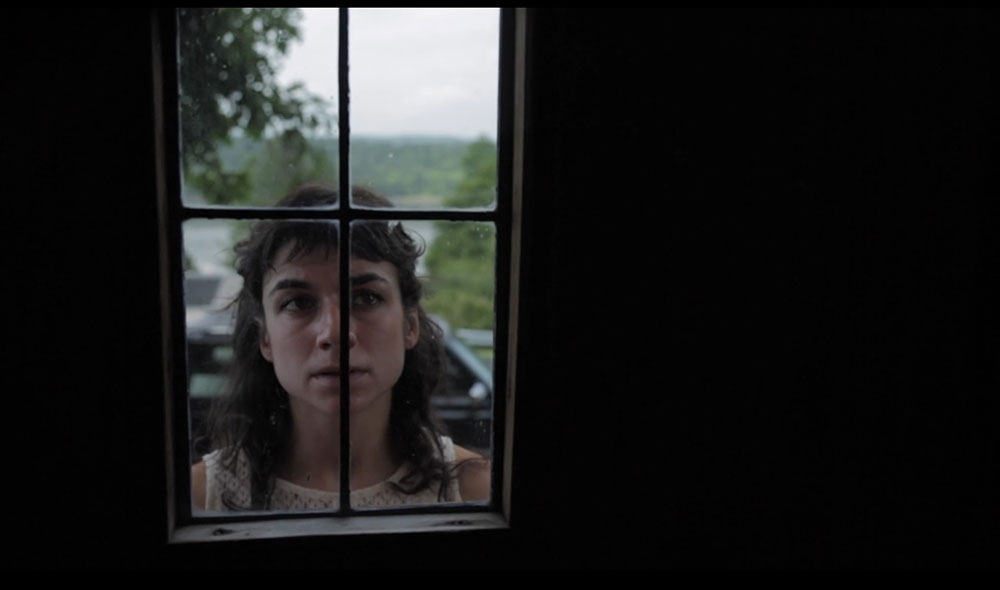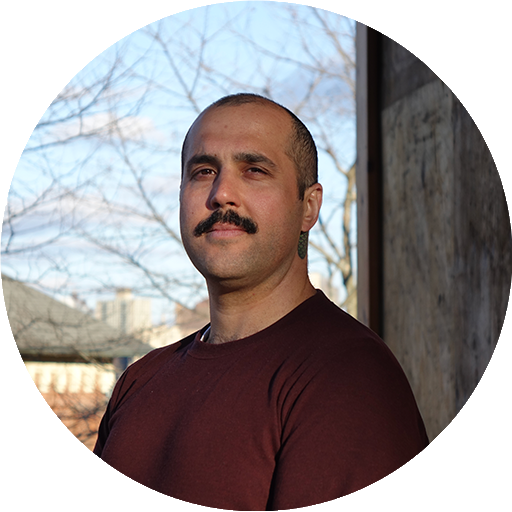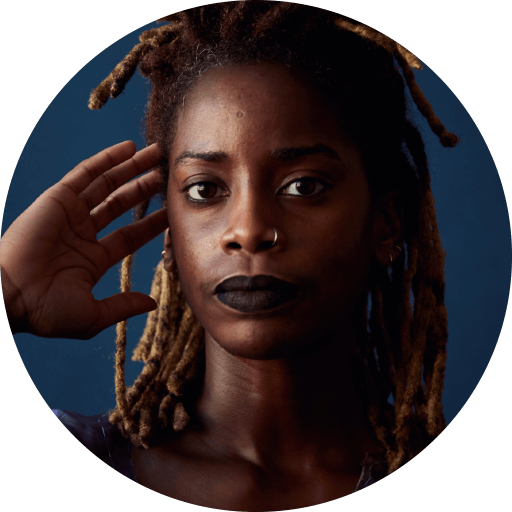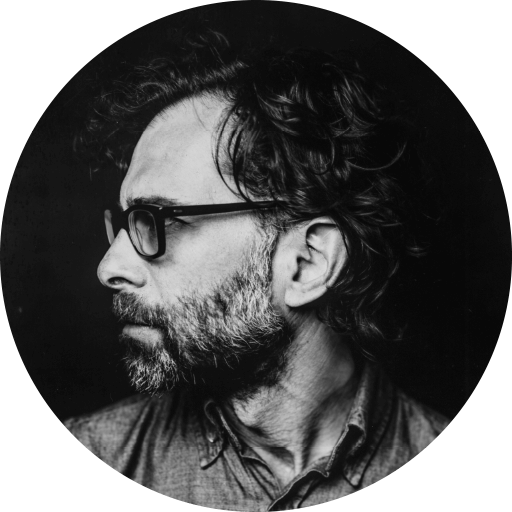A Movie That Creeps to Its Own Choreographic Beat
Gia Kourlas, New York Times
Gia Kourlas, New York Times
Location (location, location) is everything. For about a year beginning in 2013, Brian Rogers, a film director and video and sound artist, found himself living — half a week, every week — in a former Catholic church in upstate New York. It was winter. His marriage was breaking up. The church frightened him. (Watching Stanley Kubrick’s “The Shining” on repeat didn’t help.) But week after week, he returned and out of that experience a horror movie was born.
“I wrote a screenplay in a day and a half,” Mr. Rogers, 45, said. “It’s a weird place. I think it’s haunted.”
“Screamers,” Mr. Rogers’s first feature film, will be screened at Abrons Arts Center on the Lower East Side on Aug. 24 and 25. An eerie ghost story, it was shot mainly at the church, in Stuyvesant, N.Y., which belongs to the puppeteer Dan Hurlin, who needed a tenant while he was out of the country.
And while it isn’t a film about dance, it has a choreographic sensibility, and features familiar figures from the dance and performance world, including Jim Findlay, Daniel Fish, Vallejo Gantner, Keely Garfield and Jon Kinzel. As the artistic director of the Queens performance space the Chocolate Factory, which Mr. Rogers founded and runs with his former wife, Sheila Lewandowski — she is its executive director — Mr. Rogers has connections. One is Jay Wegman, who plays a creepy priest; he is the director of the N.Y.U. Skirball Center for the Performing Arts and an ordained Episcopal priest.
“I think that’s why I was cast,” Mr. Wegman said. “Because I could bring my own costume.”

“Screamers” — produced by Madeline Best, a designer and the Chocolate Factory’s director of production — was made on a tiny budget of $60,000. If it has a star, it’s Molly Lieber, a contemporary dancer who somehow manages to be at once grounded and ethereal. She plays a depressed married woman, who doesn’t so much inhabit rooms as seem to drift through them.
Early on, Ms. Lieber said, she recognized similarities between her character and Mr. Rogers. Both, she felt, were dealing with a deep sadness. She thought of her character as a little like furniture and at times played her, she said, as “less three-dimensional, less like a person.”
But she had ideas about her inner life too: “I thought of her as wanting to be an artist and having that fail and then trying to be satisfied by a mainstream model of moving to the country and trying to be with her husband and have a kid.”
Shooting took place at the church in 2015. “We had two weeks at the church, which meant that we had 11 shooting days,” Mr. Rogers said. “One day to set up, one day to break down, one day off for Molly in the middle so that she wouldn’t kill herself.”
The constraints turned out to be liberating. There was no time to experiment, to deliberate, to waffle or to procrastinate. “If I stopped to think, Madeline would be yelling at me, so I’d just keep pounding away,” Mr. Rogers said. “Making choices instinctually and not having any time to second-guess can be really fun.”
Especially when directing films isn’t your only job. Mr. Rogers is preparing for a busy season at the Chocolate Factory. Last year the organization bought a building near its current home in Long Island City and hopes to be open by late 2020. “The building itself is three times larger than the Chocolate Factory, and it’s almost twice as tall,” he said. “It’s beautiful.”
But there is a downside too. When he thinks of buildings he’s associated with, he said, “they give me nightmares.”
Yes, back to that church. What follows are edited excerpts from a recent interview with Mr. Rogers.
What was your state of mind when you wrote the screenplay? I got into a pretty weird head space. I was living in a big drafty place in the winter in upstate New York — it felt haunted. I felt like things moved. It was also the time that Sheila and I split up. Looking back, I was mentally disturbed probably for a lot of that time.
Were you in a depression? [Laughs] Without a doubt. So I had this weird idea. I just wrote it down and then decided if I wrote this thing we should just try to make it. I didn’t want to try to make a film in a professional way. I knew that I wouldn’t know how to do that and I didn’t want to surround myself with people that would be reminding me that I was doing it wrong.
Can you describe the story of “Screamers”? [Laughs] When I wrote it, I didn’t even think that it was a story, but a series of encounters. Now I think of it as the story of a haunted place that swallows a person. Molly is gradually being absorbed into the church over time.
Is that what you felt was happening to you? There was something about being in that place by myself. It really did feel like there was some kind of energetic void in that place that I could fall into, like a vortex. That sounds melodramatic. I think also it as the experience of being in the country in the winter.
What were you thinking in terms of Molly’s character? The arc is very passive. Molly is just present while these things happen to her and she is willingly inviting them, but there is this kind of reactiveness to it that is different from how most film narratives are constructed — where there’s a protagonist who wants something and is trying to achieve it and a conflict emerges that they have to navigate. She’s a steady presence at the center of these things that just keep poking at her. I didn’t want to make a movie about a female being victimized over and over again.
How do you see her? As really strong. I thought of her sometimes as like a ghost in clothing. If she had no clothing, she would disappear. Or the clothing is like the metaphor for life. And maybe this relates to where I was in my own head personally.
How so? I was like, everything’s a facade. Everything that I thought my life was built on, it all disappears. It’s such a sad-sack story; it’s a cliché. In retrospect, the movie has a lot to do with my life. I felt like I was disappearing into that church.
Gia Kourlas for The New York Times, August 21, 2018.





























